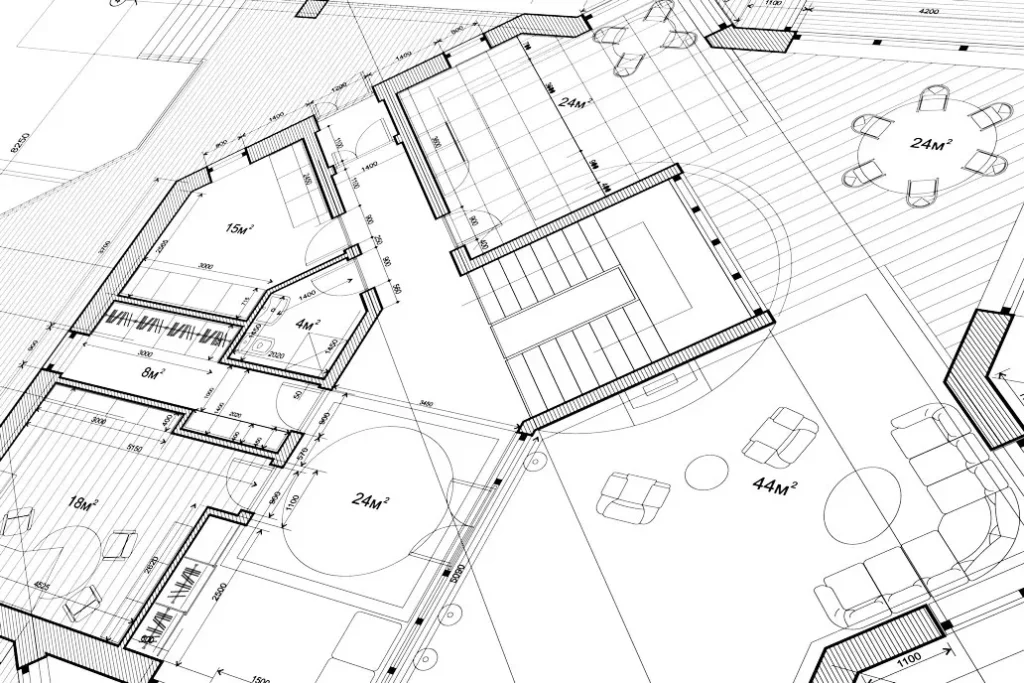The Role of 2D Models in Advanced BIM Solutions
Before diving into their role in BIM, it’s essential to clarify what 2D models entail. These are flat representations of a building’s layout, showcasing architectural elements, dimensions, and annotations. Typically created using CAD software, these drawings serve as foundational blueprints for architects, engineers, and construction teams.
The Integration of 2D Models in BIM
BIM is a comprehensive process that involves creating and managing digital representations of physical and functional characteristics of a building. The integration of 2D CAD models into this process is vital for several reasons:
- Foundation for 3D Modeling: 2D models often serve as the initial input for creating detailed 3D models. They provide crucial information regarding dimensions, spacing, and relationships between different architectural elements, allowing for accurate 3D representations.
- Enhanced Communication: 2D drawings offer a clear, straightforward way to communicate design intent. They are easily understood by various stakeholders, including clients, contractors, and regulatory bodies. This clarity reduces misunderstandings and errors during the construction process.
- Regulatory Compliance: Many local building codes and regulations require submissions in 2D format. Integrating 2D models into BIM ensures compliance while streamlining the approval process.
Benefits of Using 2D Models in Advanced BIM Solutions
1. Streamlined Workflow
Integrating 2D models into the BIM process fosters a more efficient workflow. Designers can quickly reference 2D plans when developing 3D models, making the transition between different stages of design seamless.
2. Cost Efficiency
By utilizing 2D models in the initial phases of design, teams can identify potential issues early on, reducing the likelihood of costly revisions later. This proactive approach minimizes wasted resources and time, ultimately leading to more budget friendly projects.
3. Flexibility and Adaptability
2D models are highly adaptable. As designs evolve, adjustments to 2D drawings can be made rapidly, allowing for quick iterations and modifications. This flexibility ensures that the project remains aligned with client expectations and design goals.
4. Training and Documentation
For new team members or stakeholders unfamiliar with BIM, 2D models provide an accessible entry point. They can serve as training tools, helping individuals understand the layout and spatial relationships before delving into more complex 3D models.
5. Integration with Other Systems
Modern BIM solutions often integrate with other software systems for project management, scheduling, and cost estimation. 2D models can be easily exported and shared across various platforms, facilitating collaboration among different teams.
Challenges and Considerations
While 2D models offer numerous advantages, they are not without challenges. Ensuring that 2D models remain consistent with their 3D counterparts is essential. Regular updates and version control are necessary to avoid discrepancies that can lead to confusion during construction.
Moreover, as the industry increasingly embraces 3D modeling and visualization techniques, the reliance on 2D representations may decline. It’s crucial for professionals to strike a balance between utilizing both 2D and 3D models, leveraging each format’s strengths.
Conclusion
2D models derived from CAD are indispensable in the realm of advanced BIM solutions. They provide a solid foundation for design, enhance communication, and streamline workflows, ultimately leading to successful project outcomes. As the industry continues to evolve, integrating both 2D and 3D models will be key to harnessing the full potential of BIM, paving the way for innovative building designs and efficient construction processes. Embracing this holistic approach will not only improve collaboration among stakeholders but also contribute to more sustainable and effective architectural practices.

